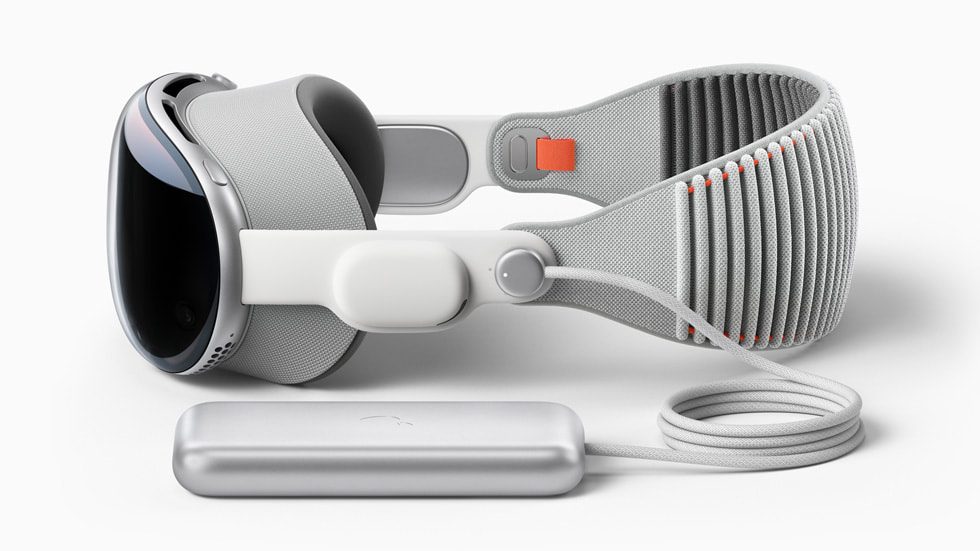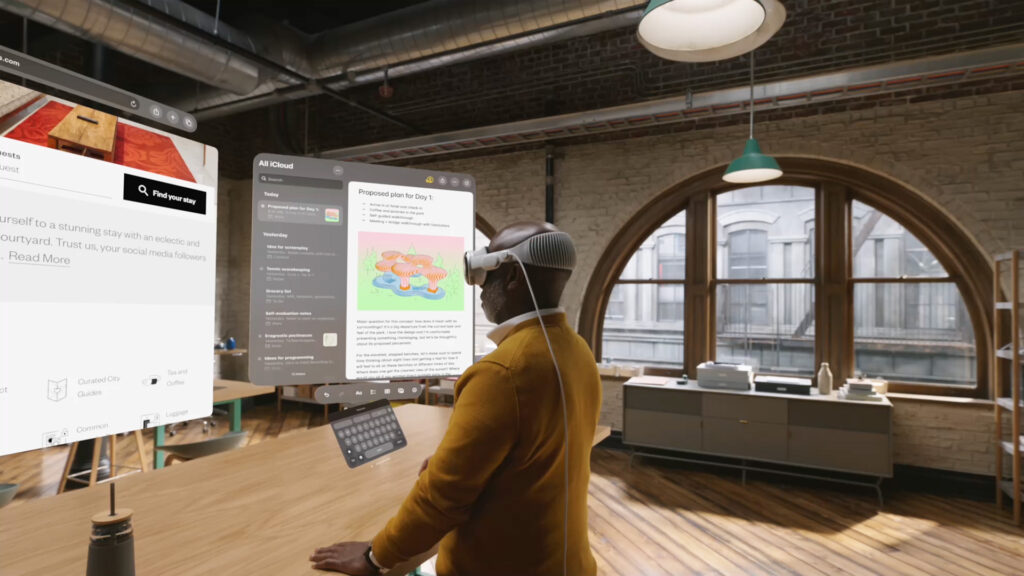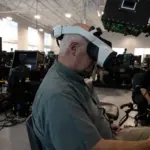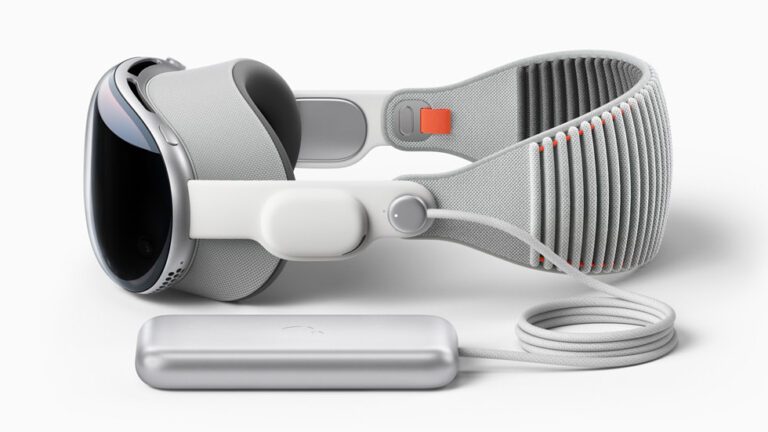Affordable OLED Headsets: Apple Vision’s Shift Towards Standard Technology
The Transition from Micro-OLED to Affordable OLED Headsets

Exciting developments await Apple enthusiasts, particularly those eager for the new Vision headsets. Recent insights reveal that Apple is considering employing affordable OLED headsets technology, specifically standard OLED panels. This strategy aims to minimize production costs and enhance device affordability, making it particularly appealing for a broader audience.
Hurdles with Current Micro-OLED Technology
The current Apple Vision Pro headset showcases sophisticated 1.42-inch micro-OLED displays sourced from Sony. With an exceptional pixel density of around 3386 PPI and a resolution of 3660×3200 (3.7K), these displays promise stunning visuals. However, challenges arise due to the complexity and high costs associated with manufacturing micro-OLED displays. This complexity significantly inflates the price of the Vision Pro headset.
To tackle these rising costs, Apple has been on the lookout for alternatives for over a year. The company has tested micro-OLED displays from Chinese suppliers like SeeYa and BOE. Unfortunately, these manufacturers struggle to meet Apple’s strict quality standards, leading to decreased yield rates and rising costs once again.

Investigating New Alternatives: JDI and Standard OLED Displays
In their quest for a more economical solution, a recent report from The Elec, a South Korean news outlet, mentions that Apple is exploring the option of larger, lower-resolution micro-OLED displays from LG and Samsung. These displays would come with a pixel density of 1700 PPI, aiming to drive down costs even further. Additionally, JDI, a well-known Japanese display manufacturer, is proposing a new set of standard OLED panels featuring a pixel density of 1500 PPI.
Advantages of Standard OLED Technology
Shifting to standard OLED technology presents several advantages due to its generally lower production costs compared to micro-OLED. While it typically exhibits lower pixel densities, JDI aims to expand the capabilities of this technology to provide a density that competes with more affordable micro-OLED alternatives.
However, a recurring issue with standard OLED displays is the presence of mura, a fixed pattern noise that disrupts the uniformity of the screen. This problem is notably visible in existing headsets like the PlayStation VR2 that employs standard OLED technology. Whether JDI’s new panel can effectively address this issue remains uncertain.
Samsung’s Developments and Apple’s Expectations
Moreover, reports indicate that Samsung is actively working on OLED panels that mirror a pixel density of 1500 PPI. The question now is whether Apple will choose JDI or Samsung’s standard OLED panels. Apple’s prior specifications hinted at a preference for displays with 1700 PPI, and opting for a lower-density display could lead to a bulkier headset or a dip in resolution.
Production Timelines and Anticipated Developments
Timing is a vital aspect to consider. There are indications that the standard OLED panels might not be ready for Apple’s initial affordable Vision headset, which is expected to launch by the end of next year. The Elec reports that the 1500 PPI displays could commence mass production in 2-3 years. This timeline might lead to a longer wait for consumers excited about the prospect of affordable OLED headsets.
Price Accessibility and Market Impact
Currently, the Vision Pro headset comes with a hefty starting price of $3500, making it less accessible for a wide audience. The emergence of affordable OLED headsets utilizing standard OLED technology marks a crucial step towards expanding Apple’s reach in the market. However, accomplishing this objective may necessitate a drawn-out iterative process, potentially spilling over into the next decade.
- Producing micro-OLED displays involves complicated and expensive processes.
- Testing of alternative micro-OLED options has been hindered by quality control challenges.
- Standard OLED provides a cost-effective alternative, though it could face quality issues like mura.
- Competitive production timelines from suppliers might impede affordability.
The road to making Apple’s Vision headsets more accessible entails overcoming various technological and production hurdles. Staying informed about advancements in display technology will be key as Apple strives to fulfill the growing consumer demand for economical options.
As the transition from micro-OLED to standard OLED technology for Apple Vision headsets begins to take shape, it’s essential to consider several factors such as production capabilities, quality requirements, and timing. Watching how Apple navigates within this competitive tech landscape will undoubtedly be intriguing as developments unfold.




0 Comments